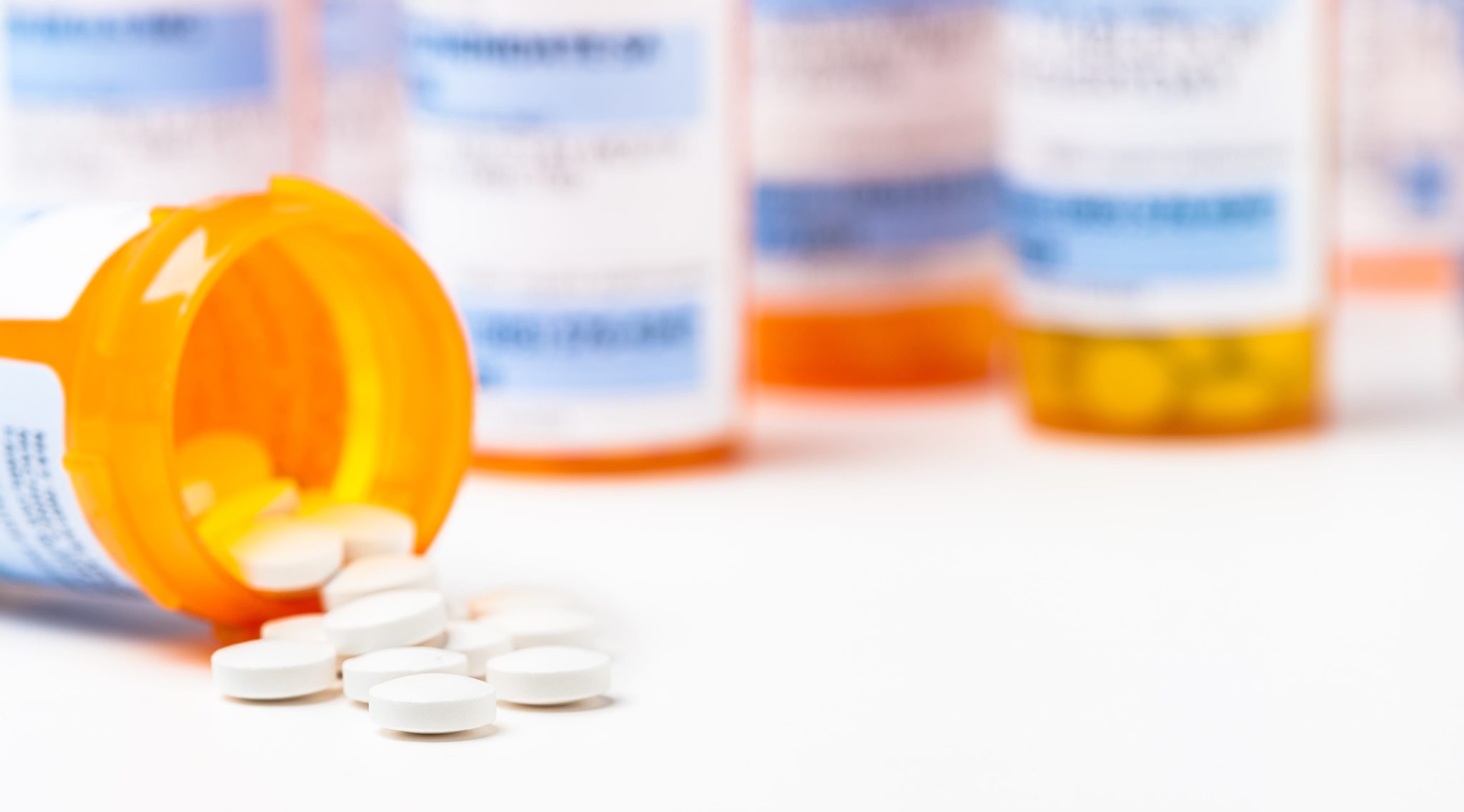Although the Omicron variant of coronavirus is sweeping the country, treatment options remain limited and hard to find. If yourself or a loved one becomes infected, it can be a game-changer to be informed about these options and how to go about finding them. Since there is no sure-fire cure for a COVID infection, our focus must be to reduce the risk of poor outcomes like severe illness, hospitalization, and death.
Reduce the risk for yourself and others
By far the best way to prevent poor outcomes from having COVID is to get fully vaccinated with any of the available vaccines. There is much more data behind the safety and effectiveness of the vaccines than there is for any of the treatment options. If you’ve already been fully vaccinated, the next best thing you can do is get your booster dose when it is indicated for you, as this will help maintain the immunity you got from the first series. Continuing to wear masks in public spaces and social distancing when possible will also reduce your risk of getting infected.
You did everything right and you still caught COVID
Even if you’ve done everything you can do – you’ve been vaccinated, boosted, you try to mask and maintain social distance – you can still get infected with COVID. It can be so frustrating, but know that you have set yourself up with a lower risk of those poor outcomes. If you are an individual that is considered “high-risk” for poor outcomes with COVID, we definitely want to take further steps to reduce your risk. This is when newer antiviral treatments may come in to play.
Who is considered high-risk?
Being unvaccinated, over 65 years old, and having certain conditions such as asthma and diabetes, puts you at high risk for severe illness, hospitalization, and death from COVID. The risk also increases if a patient has multiple high-risk factors. A full list of the high-risk conditions can be found on the CDC website: https://www.cdc.gov/coronavirus/2019-ncov/need-extra-precautions/people-with-medical-conditions.html
Treatment availability for high-risk patients
Monoclonal antibodies were the best available option for some time, but the majority have shown to be less effective against the current variant. Thankfully, the FDA has authorized the use of a few different antiviral treatments for high-risk patients with COVID. None of the treatments are available yet for prevention after exposure or to have on hand in case of exposure. Because of the limited supply and high-demand, the availability is still scarce. This scarcity is why these treatments are reserved for high-risk patients that need them the most.
The best way to start looking for these treatments if you are in need is to use the public-access database from the Department of Health and Human Services. You can select your state or use the map and it will tell you which healthcare providers have been able to place orders for the treatments. It doesn’t guarantee they will still be in stock, but these are the best places to start reaching out: https://covid-19-therapeutics-locator-dhhs.hub.arcgis.com/
What is Paxlovid?
You may have heard this called “the COVID pill.” Pfizer’s Paxlovid is a COVID treatment approved for Emergency Use Authorization (EUA) by the FDA in December 2021. This is a 5-day oral antiviral treatment course that is made up of two medications: nirmatrelvir and ritonavir. Early evidence has shown that it prevents hospitalization or death in about 1 in 18 high-risk adults with mild to moderate COVID-19.
Who should get it?
A COVID positive patient that is 12 years or older, at least 88 pounds, and has symptoms that no more than 5 days ago. The patient must also be considered at high risk for progression to severe disease.
What is Molnupiravir
Approved for EUA one day after Paxlovid, Merck’s Molnupiravir is another 5-day oral antiviral medication. The early evidence for Molnupiravir is not as strong as Paxlovid, showing it prevents hospitalization in only about 1 in 35 high-risk patients.
Who should get it?
A COVID positive patient that is 18 years or older with symptoms that started no more than 5 days ago. The patient must also be considered at high risk for progression to severe disease.
What is Remdesivir
Remdesivir, also referred to as its brand name Veklury, is an antiviral treatment made by Gilead. This is an IV infusion that is given over 30-120 minutes for three days when used outside of the hospital. It was most recently given authorization for use in pediatric patients. Remdesivir appears to reduce the risk of hospitalization from COVID by as much as 87%.
Who should get it?
A COVID positive patient weighing at least 3.5kg (7.7 pounds) with symptoms that started no more than 7 days ago. The patient must also be considered at high risk for progression to severe disease.
How Züp can help
We will continue to try to get access to these newly authorized treatments in our clinic. Until then, we are happy to help our patients find the best treatment options available near them. As always, feel free to call and speak to any of our providers at 901-701-7010 if you have any questions.
Resources Used
• Lexicomp drug database
• Pharmacist’s Letter: Clarify the Role of Paxlovid or Molnupiravir for COVID-19
• Fact Sheet for Healthcare Providers: Emergency Use Authorization for PAXLOVIDTM
• Fact Sheet for Healthcare Providers: Emergency Use Authorization for Molnupiravir
• Fact Sheet for Healthcare Providers: Emergency Use Authorization of VEKLURY® (remdesivir)
 Schedule Now
Schedule Now
